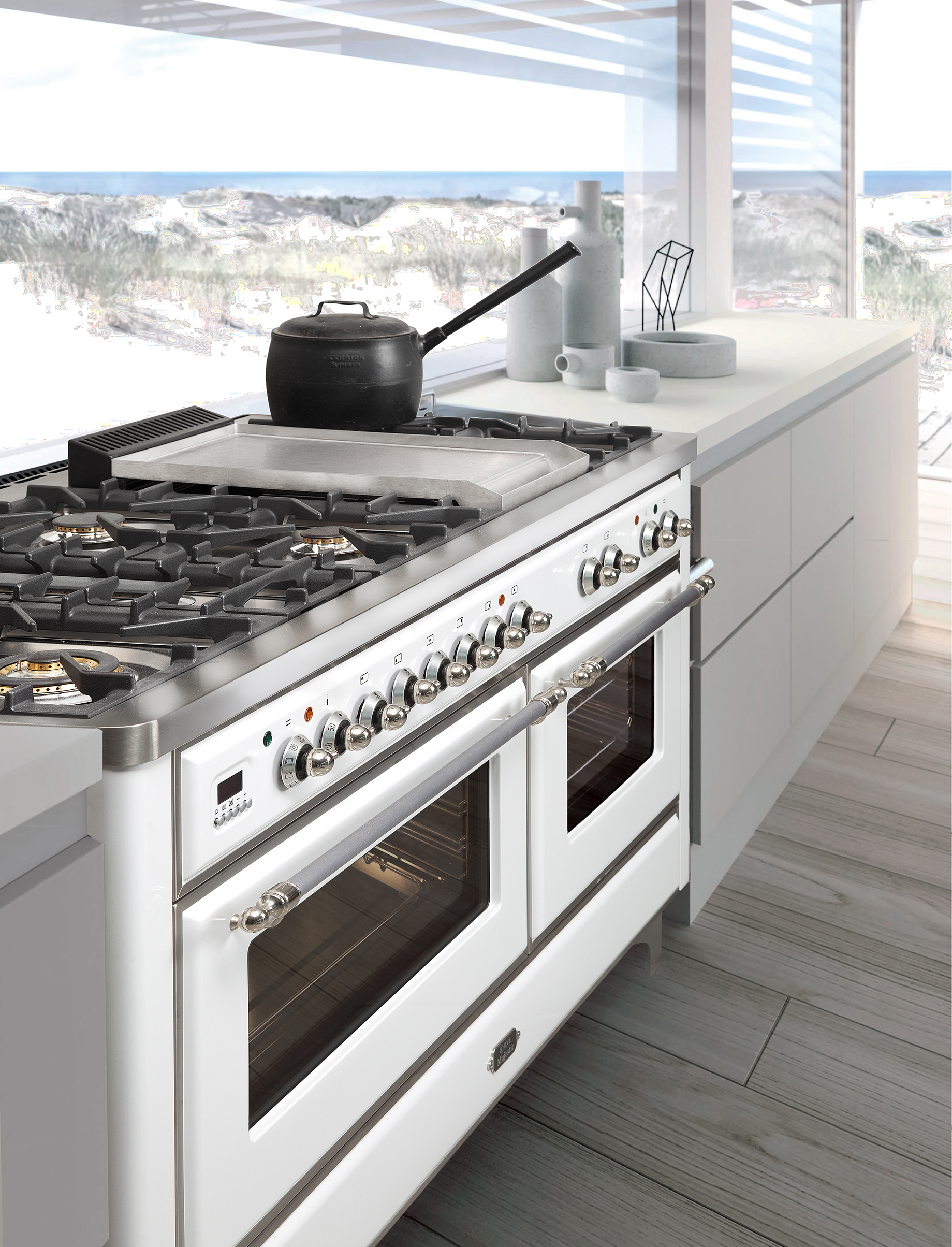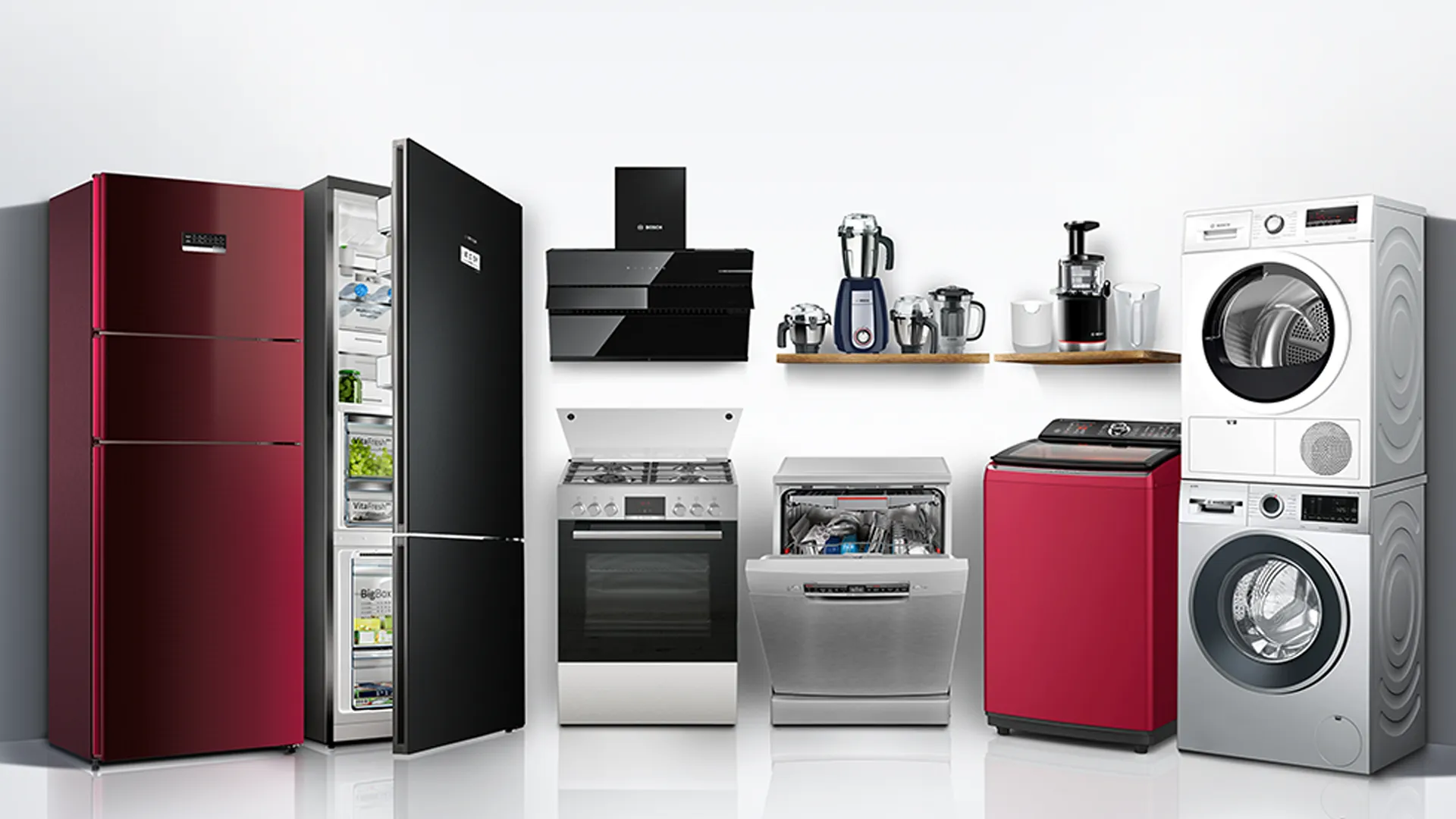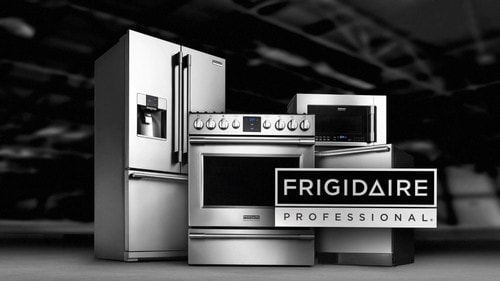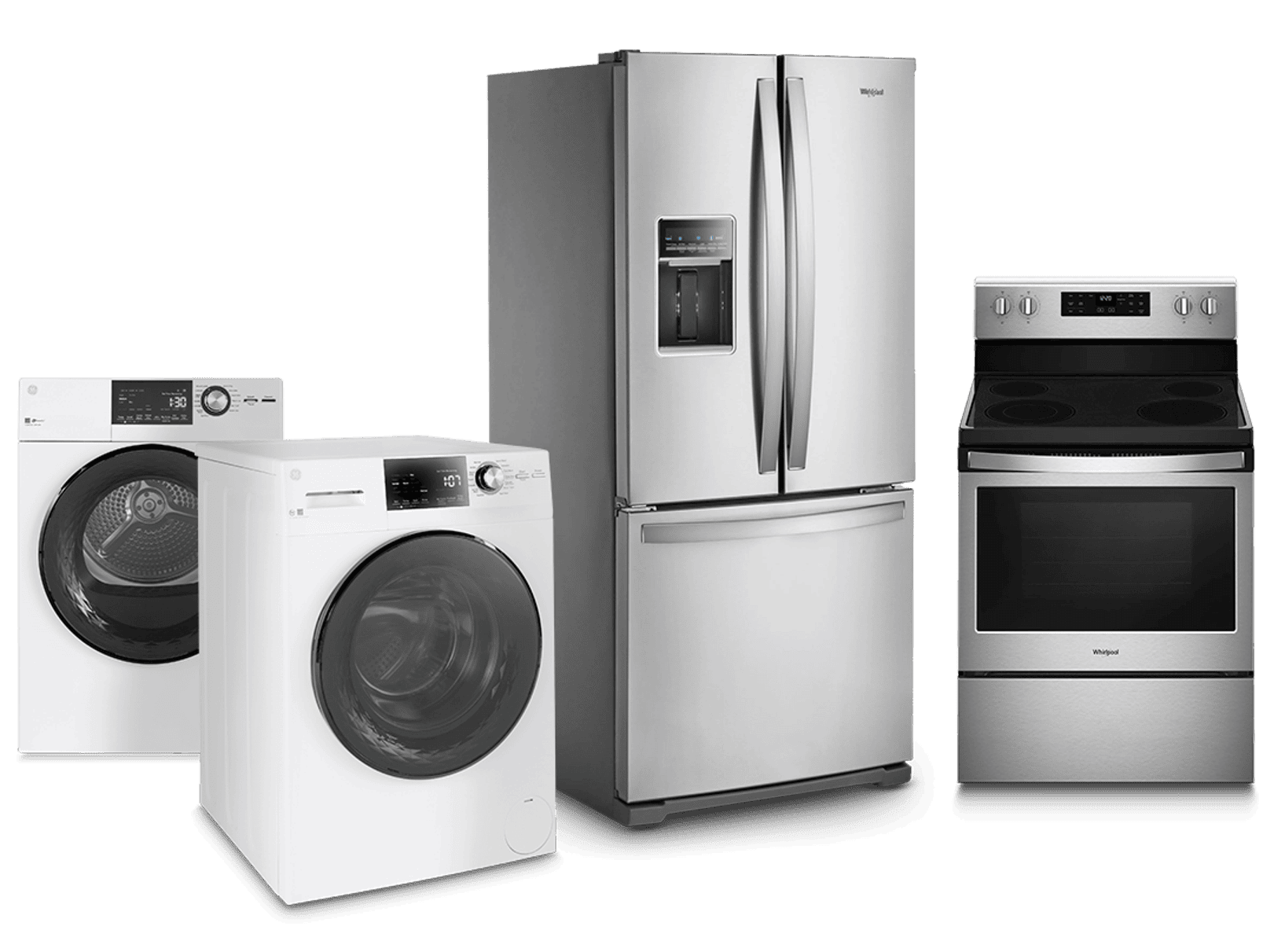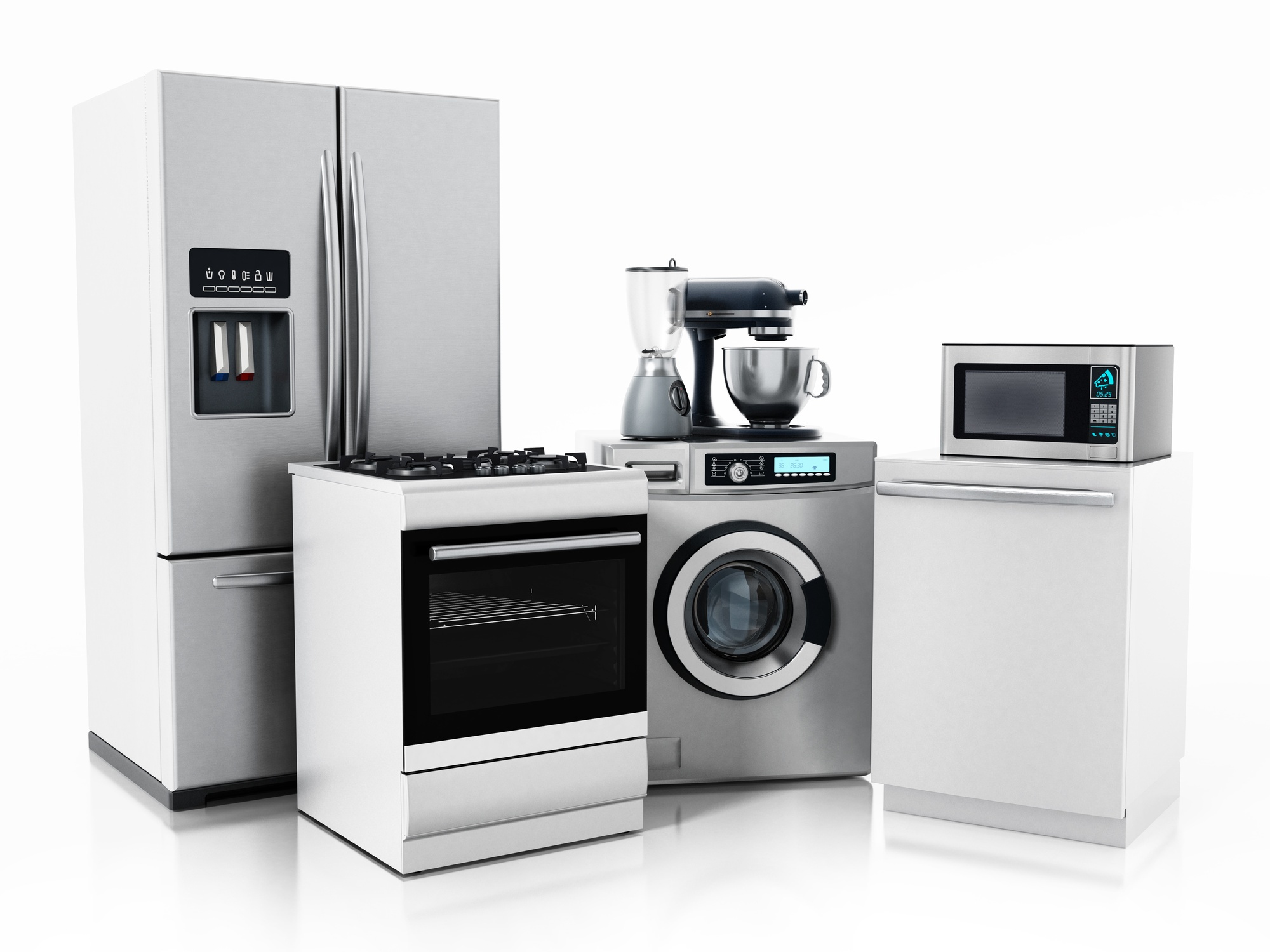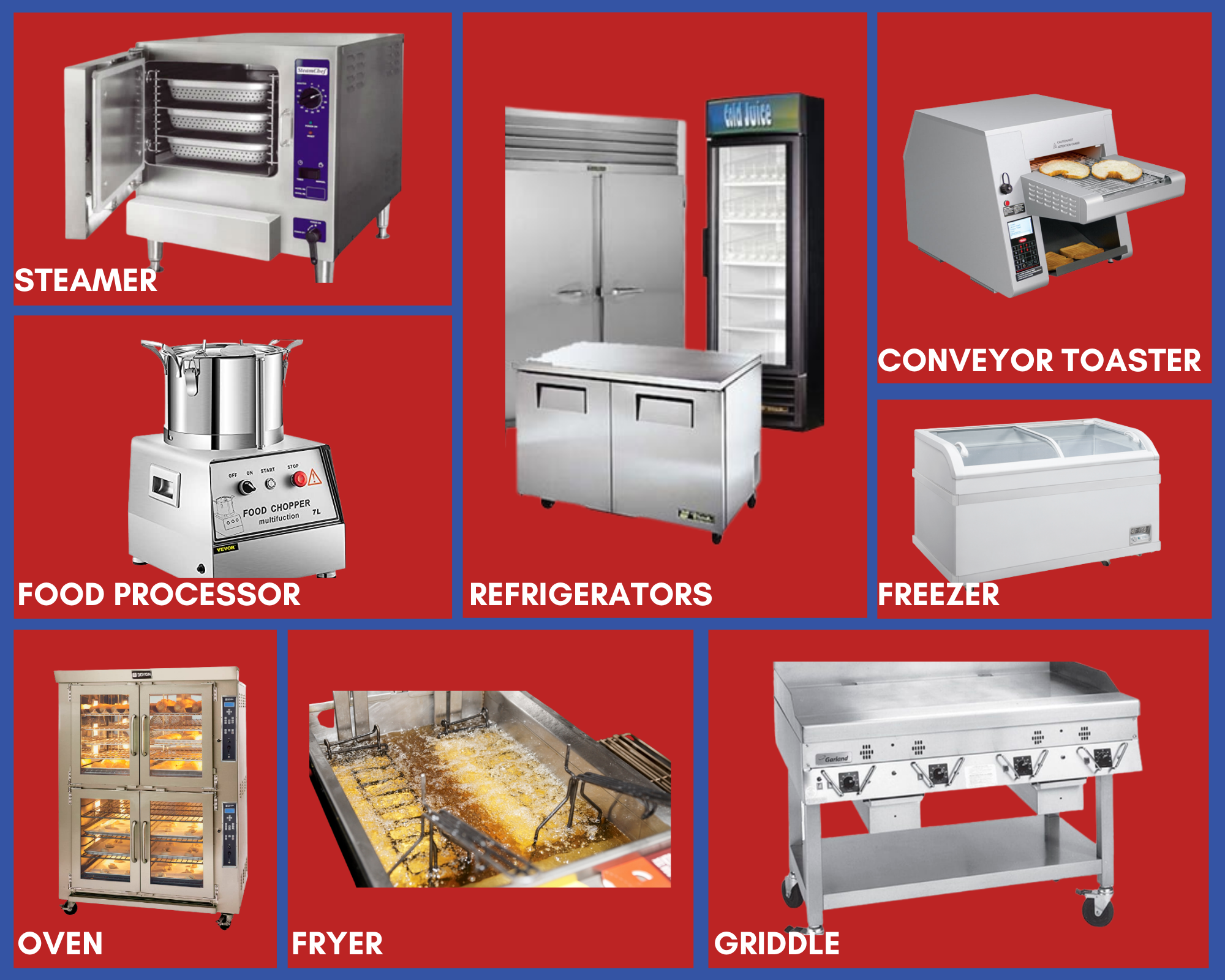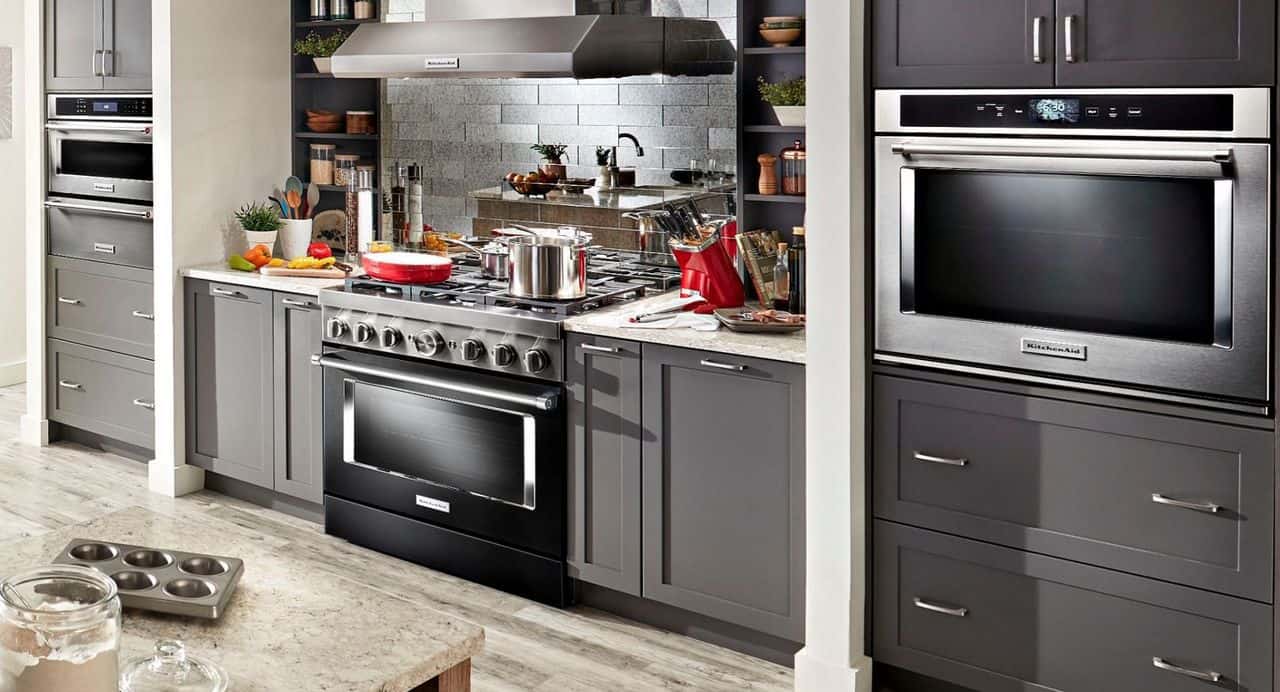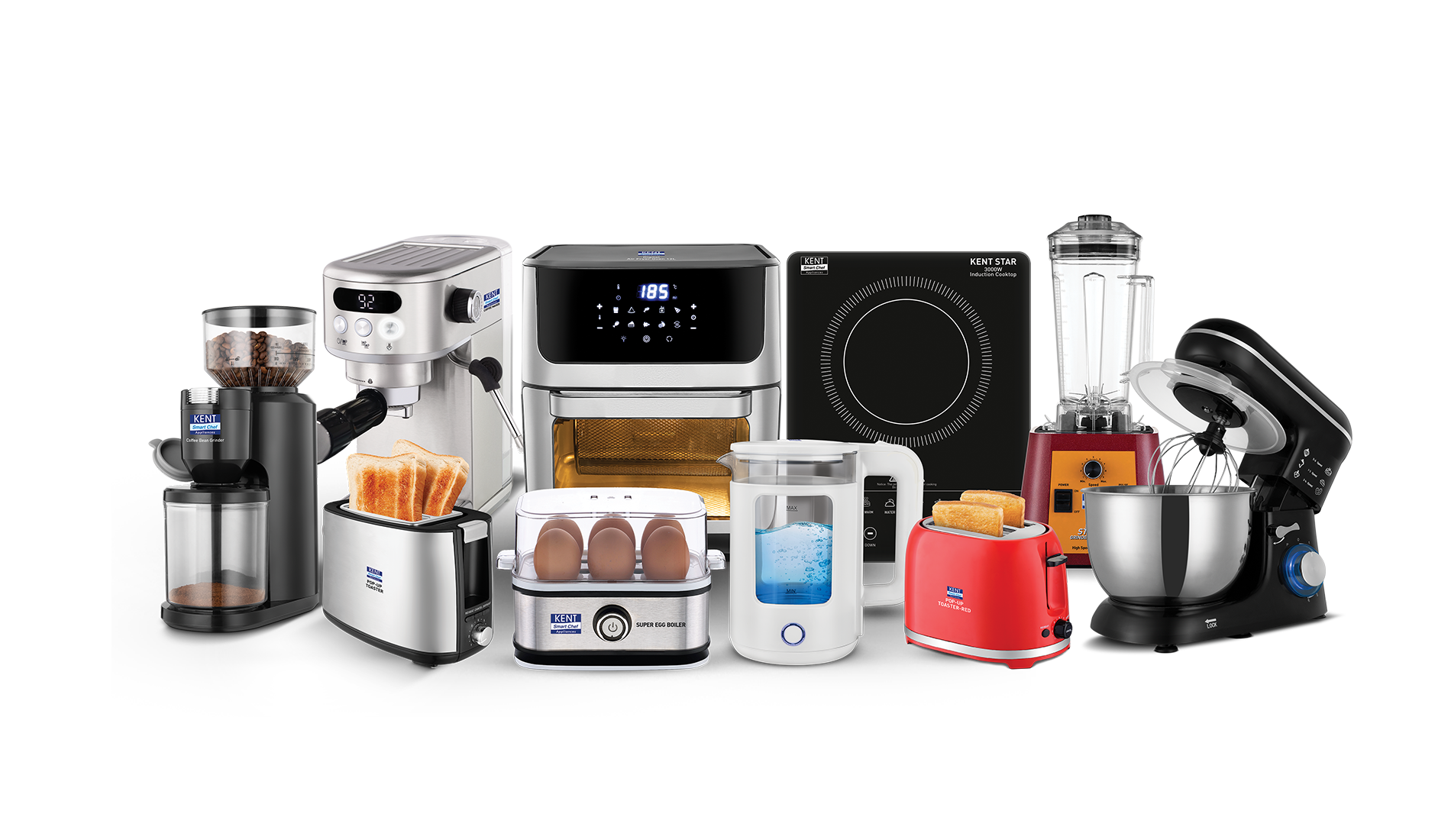Kitchen Appliances Made By A Particular Company

Whirlpool Corporation, a name synonymous with household convenience, is facing mounting scrutiny over the durability and longevity of its kitchen appliances. Reports of premature failures, coupled with escalating repair costs, are leaving consumers questioning the reliability of a brand once revered for its dependability. The situation raises concerns about planned obsolescence and the overall value proposition offered by major appliance manufacturers.
This article delves into the heart of the matter, examining the specific issues plaguing Whirlpool's kitchen appliance line. We will analyze consumer complaints, expert opinions, and the company's response to the growing criticism. Our aim is to provide a balanced perspective, exploring both the challenges faced by Whirlpool and the expectations of consumers in a rapidly evolving marketplace.
Consumer Concerns and Reported Issues
The chorus of complaints against Whirlpool appliances centers on recurring malfunctions and shortened lifespans. Dishwashers failing to clean properly, refrigerators experiencing compressor failures, and ovens displaying inconsistent heating are among the most common grievances. These issues often arise within a few years of purchase, well before the expected lifespan of such appliances.
Online forums and review sites are rife with anecdotes of frustrated customers sharing their experiences. One consumer on Reddit stated, "My Whirlpool refrigerator died after only four years. The repairman said it's a common problem with this model, and the cost to fix it is almost as much as buying a new one!" Similar stories abound, painting a concerning picture of declining quality.
Consumer Reports, a respected source for product reviews, has noted a slight decline in Whirlpool's reliability ratings in recent years, particularly in certain categories. While the brand still garners positive reviews in some areas, the overall trend suggests a need for improvement.
Whirlpool's Response and Explanations
Whirlpool Corporation acknowledges the concerns raised by consumers and asserts its commitment to producing high-quality, durable appliances. In a statement released to the press, the company emphasized its ongoing investment in research and development, as well as its rigorous testing procedures.
The statement also points to the increasing complexity of modern appliances, which incorporate advanced technologies and electronic components. These components, while enhancing performance and efficiency, can also be more susceptible to failure.
Furthermore, Whirlpool attributes some of the issues to external factors, such as variations in water quality and electricity supply. These factors can impact the performance and longevity of appliances, regardless of the manufacturer.
Expert Perspectives on Appliance Reliability
Independent appliance repair technicians offer a valuable perspective on the issues affecting Whirlpool products. Many technicians report seeing a consistent pattern of failures in specific Whirlpool models, often related to specific components.
"We're seeing more and more Whirlpool dishwashers with pump motor failures," says John Smith, a certified appliance repair technician with 15 years of experience. "The parts are often expensive, and the repair can be time-consuming. It's frustrating for both us and the customers."
Some experts believe that cost-cutting measures may be contributing to the decline in appliance reliability. By using cheaper components or simplifying manufacturing processes, manufacturers may be sacrificing long-term durability for short-term profits.
The Role of Planned Obsolescence
The concept of planned obsolescence, where products are intentionally designed with a limited lifespan, has been a subject of debate for decades. Critics argue that some manufacturers deliberately engineer products to fail after a certain period, forcing consumers to purchase replacements.
While it is difficult to prove definitively that Whirlpool engages in planned obsolescence, the concerns raised by consumers and experts suggest that it is a possibility. The relatively short lifespan of some Whirlpool appliances, coupled with the high cost of repairs, lends credence to this suspicion.
However, it is important to note that technological advancements also play a role in appliance obsolescence. Newer models often offer improved features, energy efficiency, and smart capabilities, making older appliances less desirable even if they are still functional.
Warranty Coverage and Repair Options
Whirlpool offers a standard one-year limited warranty on most of its kitchen appliances. This warranty typically covers defects in materials and workmanship, but it does not cover normal wear and tear or damage caused by misuse.
Extended warranties are available for purchase, offering additional coverage for a longer period. However, these warranties can be expensive, and consumers should carefully consider the terms and conditions before making a purchase.
When faced with a malfunctioning Whirlpool appliance, consumers have several repair options. They can contact Whirlpool directly for warranty service, hire an independent appliance repair technician, or attempt to repair the appliance themselves (if they have the necessary skills and knowledge).
Moving Forward: Improving Appliance Durability
To regain consumer trust, Whirlpool needs to address the concerns surrounding the durability of its kitchen appliances. This requires a commitment to using high-quality components, implementing rigorous testing procedures, and providing transparent information about product lifespans.
The company should also consider offering more comprehensive warranty coverage and simplifying the repair process. By making it easier and more affordable to repair appliances, Whirlpool can demonstrate its commitment to customer satisfaction and environmental sustainability.
Ultimately, the future of Whirlpool's kitchen appliance business depends on its ability to deliver reliable, long-lasting products that meet the evolving needs and expectations of consumers. Ignoring the current challenges could lead to a further erosion of brand reputation and market share.

